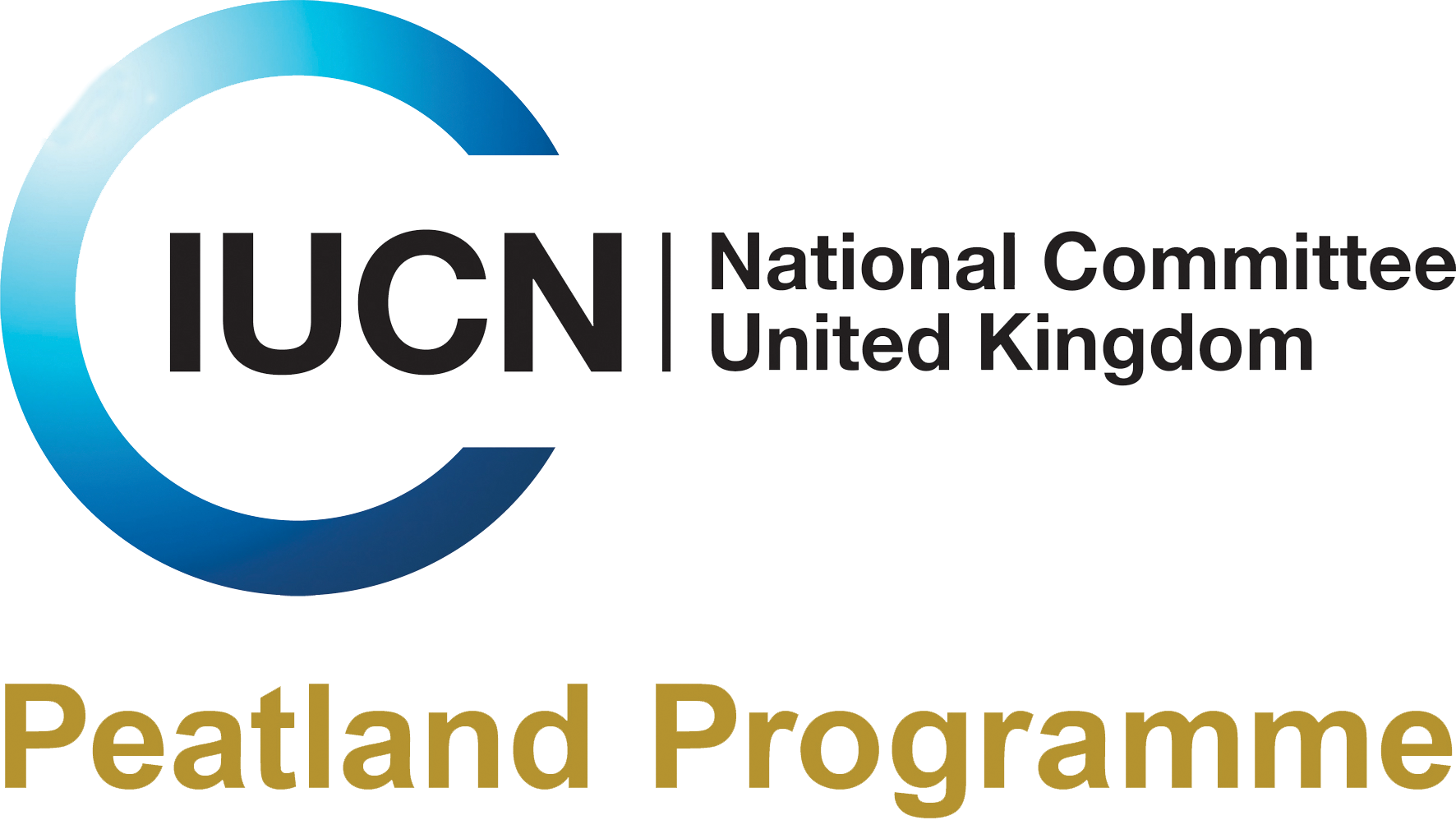Search
Search
An update on the Peatland Code
The Peatland Code continues to grow rapidly with 79 projects now registered and 10,300 ha of expected peatland restoration.
Peatland Code update - February 2021
To support the increased demand for carbon units from high profile investors, and to give the Peatland Code increased rigor we continue to work towards United Kingdom Accreditation Service (UKAS)…
Experts joins forces to stop bogs going down the drain
Scientists, land managers and industry officials are set to join forces in Edinburgh today (3 November) as a Commission of Inquiry investigates the steps needed to repair our important peatbogs…
IUCN UK Peatland Programme webinar: Launch of the Peatland Code 2.0
Join the IUCN UK Peatland Programme for a webinar exploring the updates to the Peatland Code Version 2.0
Peatland Code update - December 2021
The Peatland Code now has 48 Projects registered with a total of almost 8000 ha of peatland restoration. Find out more and watch presentation delivered at the Scottish Forum on National Capital…
Resources
Natural Resources Wales announces new funding for peatland restoration
A new restoration fund, managed by Natural Resources Wales (NRW), was launched this week in an effort to help safeguard valuable peatlands.
Newsletter
Bog Day resources
New resource available: Explaining the impact of peatland drainage
A new video explaining the impacts of draining peatland on carbon emissions, hydrology and peat structure is now available.
Policy Update: UK Government on Environment & Energy
In the past few weeks, the UK Government has released three significant publications — with peatland restoration at the heart of their commitments for environment and energy.
